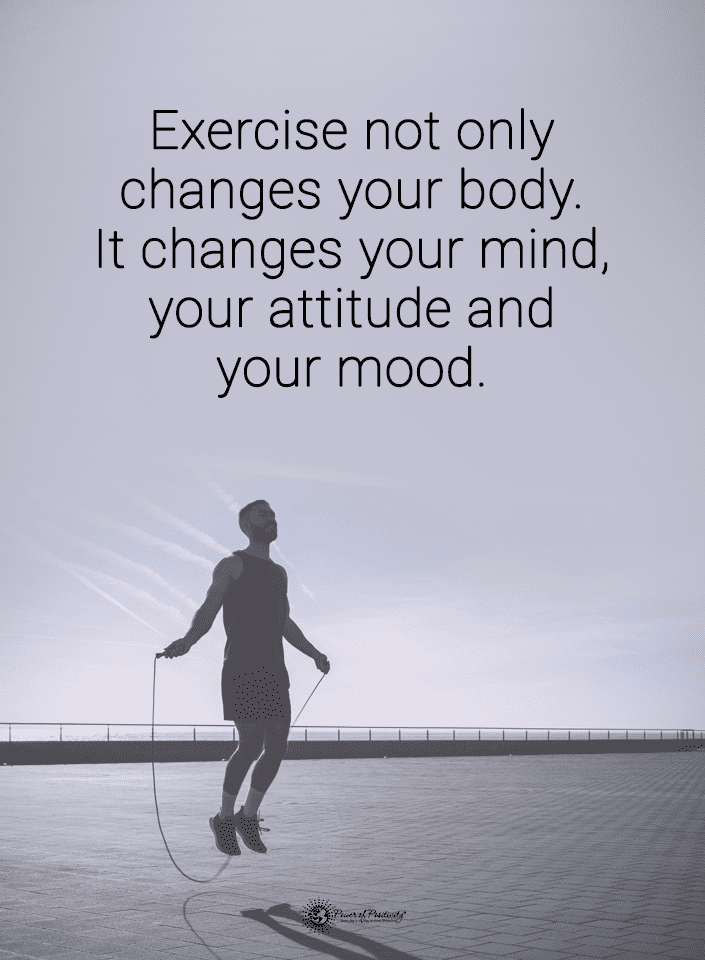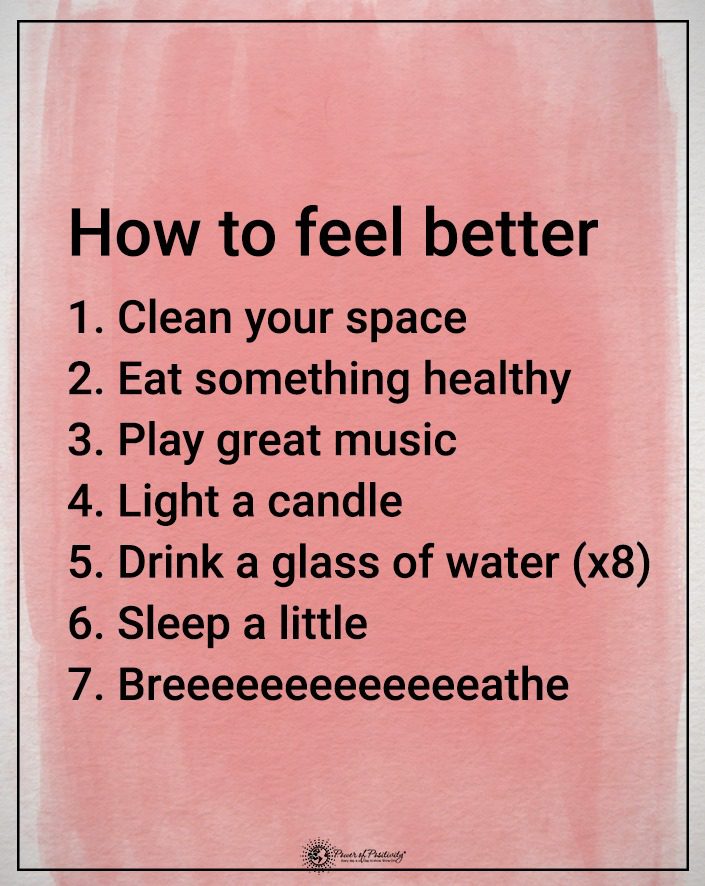Here’s why dependability is an admirable trait in a partner.
Making heads or tails of the traits of a new partner or relationship can often feel like being a gardener in a vibrantly colored garden. Just as a gardener seeks a plant that will grow steadily and be resilient on bright days and in storms, so do we seek a dependable partner.
In this garden of life, a dependable partner is like a robust oak tree – deeply rooted, strong, and enduring. These trees stand tall and unyielding through changing seasons, offering shade in the heat and shelter in the rain. They grow slowly but surely, symbolizing strength, reliability, and the beauty of growing together over time. But how can you recognize this oak tree among the many saplings in a garden full of diverse flora?
Let’s explore twenty signs that your partner is not just a fleeting bloom or the wispy fronds of a fern. Rather, this stable person is a tall and mighty oak. They offer strength, stability, and the nurturing environment essential for a lifelong partnership.
Twenty Signs You’ve Found a Dependable Partner

If you see these twenty personality traits in your new partner, they might be an excellent match:
1 – A Dependable Partner Will Communicate Openly and Honestly
Communication is the cornerstone of any strong relationship. A dependable partner speaks their mind clearly and listens attentively. They don’t just hear your words; they understand the emotions behind them. This open dialogue creates a foundation of trust and mutual respect.
2 – They Are Consistent in Their Actions
Consistency is a hallmark of dependability. Watch for a partner who keeps their promises and actions aligned with their words. This consistency in behavior is reassuring, providing a sense of security in the relationship.
3 – They Show Genuine Respect
Respect in a relationship is non-negotiable. A dependable partner values your opinions, respects your boundaries, and treats you with kindness and consideration. This respect is evident in how they talk to you, consider your feelings, and honor your individuality.
4 – A Dependable Partner Will Always Support Your Dreams
A partner who believes in your dreams and supports your aspirations is a keeper. They encourage you to pursue your goals and stand by you through the ups and downs of your journey. Their support is a powerful motivator in achieving personal fulfillment.
5 – They Show Empathy and Understanding
Empathy is the ability to put oneself in another’s shoes. A dependable partner understands your feelings and experiences, offering comfort and support. They are there for you, not just in joyful moments but also in times of distress.
6 – They Handle Conflicts Maturely
No relationship is without disagreements, but how these are handled matters. A dependable partner approaches conflicts with maturity, seeking resolution rather than victory. They are willing to compromise and find common ground.
7 – A Dependable Partner Prioritizes Making Time for You
In our busy lives, making time for each other is crucial. A dependable partner prioritizes your relationship, ensuring quality time is spent together. This commitment to togetherness strengthens the bond between you.
8 – They Show Appreciation and Gratitude
Feeling appreciated is a fundamental human need. A dependable partner regularly expresses gratitude for the big and small things you do. This appreciation nurtures a positive and loving environment.
9 – They Are Trustworthy
Trust is the bedrock of any strong relationship. A dependable partner is trustworthy and reliable, creating a safe space where vulnerabilities can be shared without fear of judgment or betrayal.
10 – They Maintain Healthy Boundaries
Healthy boundaries are essential for personal well-being and relationship harmony. A reliable partner understands and respects these boundaries, recognizing the importance of individual space and freedom.

11 – A Dependable Partner Is Emotionally Stable
Emotional stability is key in a long-term relationship. A dependable partner manages their emotions effectively, providing a stable and comforting presence in times of stress or uncertainty.
12 – They Are Committed to the Relationship
Commitment is about more than just staying together. A dependable partner is committed to the growth and health of the relationship, actively working to nurture and strengthen the bond you share.
13 – They Show Kindness and Compassion
Acts of kindness and compassion are powerful indicators of a dependable partner. They show care and concern for your well-being, and their compassion extends beyond just words.
14 – They Are Open to Learning and Growth
A relationship is a journey of growth. A dependable partner is open to learning and evolving as an individual and within the relationship. They embrace change and are open to feedback.
15 – A Dependable Partner Will Share Your Values and Goals
Sharing similar values and goals is fundamental for a long-lasting relationship. A highly reliable partner aligns with your core beliefs and life objectives, creating a unified direction for your future.
16 – They Are Patient and Forgiving
Patience and forgiveness are virtues in any relationship. A dependable partner understands that mistakes happen and is willing to forgive and move forward. Their patience in challenging times is a testament to their commitment.
17 – They Are Your Best Friend
Beyond romantic love, a reliable partner is also your confidant and best friend. This person is your rock! They are someone you can laugh with, share secrets with, and rely on in every aspect of life.
18 – They Love You Unconditionally
Unconditional love is loving someone wholly and without reservations. A dependable partner loves you for who you are, with all your imperfections and quirks. This genuine acceptance is the ultimate sign of a dependable partner.
19 – They Celebrate Your Successes and Mourn Your Losses
A dependable partner shares in your joy and your sorrow with equal intensity. They celebrate your successes, not out of obligation but genuine happiness for your achievements. I
In times of loss or failure, they are there to provide comfort and understanding, standing by your side not just in moments of triumph but also in times of despair. This shared emotional journey strengthens the bond and deepens the connection in the relationship.
20 – A Dependable Partner Is Adaptive to Changes
Life is unpredictable, and change is inevitable. A dependable partner understands this and adapts to the ebbs and flows of life with resilience and grace. They are not rigid in their ways. Instead, they remain open to growth and change, both individually and within the relationship.
This adaptability is crucial for navigating life’s unpredictabilities together. Thus, it can ensure that the relationship remains strong, no matter what challenges arise in your lives.
Final Thoughts on Finding a Dependable Partner
A dependable partner blends many qualities – communication, respect, support, trust, and unconditional love. Like the sturdy branches of an oak tree that reach out, encompassing and protective, a dependable partner provides a haven where open communication and mutual respect flourish.
Your partner’s support is like the deep roots of the tree, unseen yet essential, providing stability and nourishment for the relationship to grow. Trust is the trunk, strong and steadfast, holding everything together, while unconditional love is the leaves, ever-present and renewing with each passing season. In this harmonious dance of love, a dependable partner becomes more than just a companion. Instead, they become an integral part of your life’s journey, growing and thriving alongside you.



















